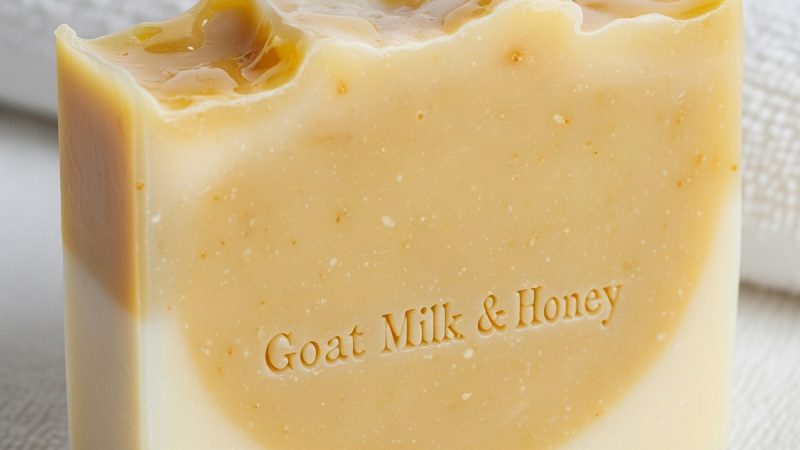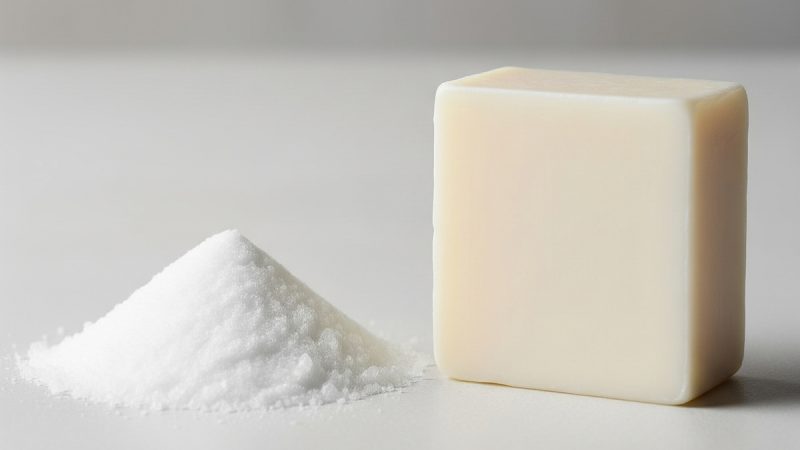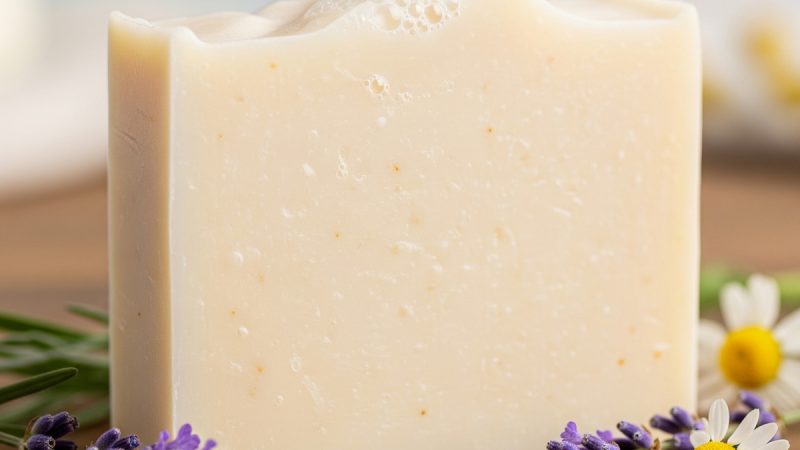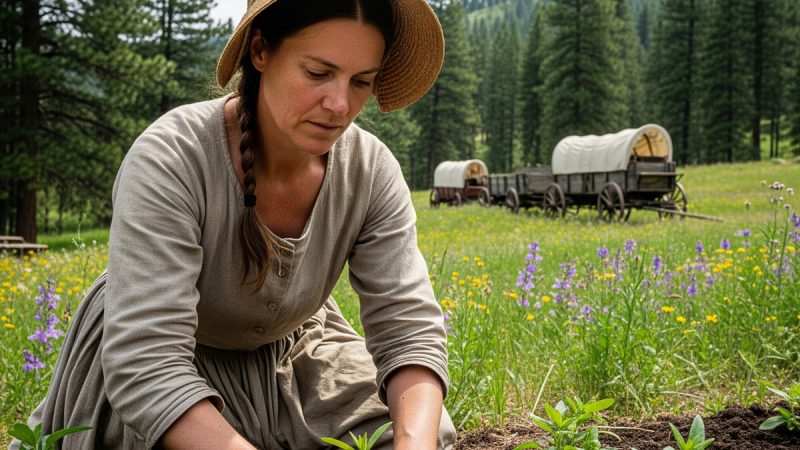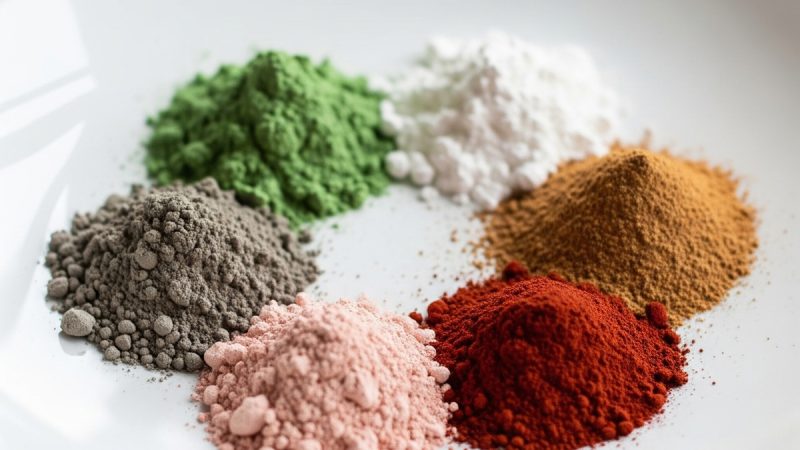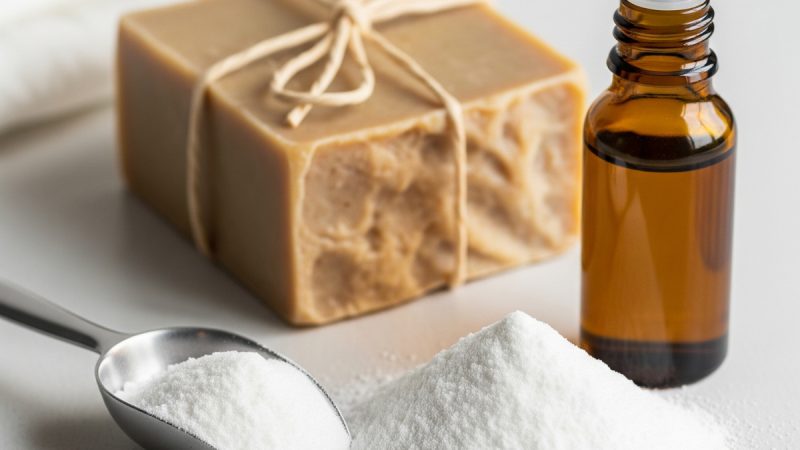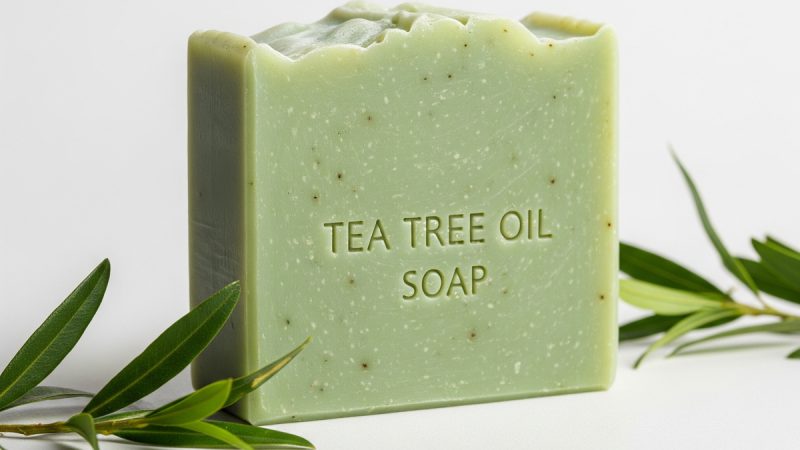Homemade Soap Additives Ideas
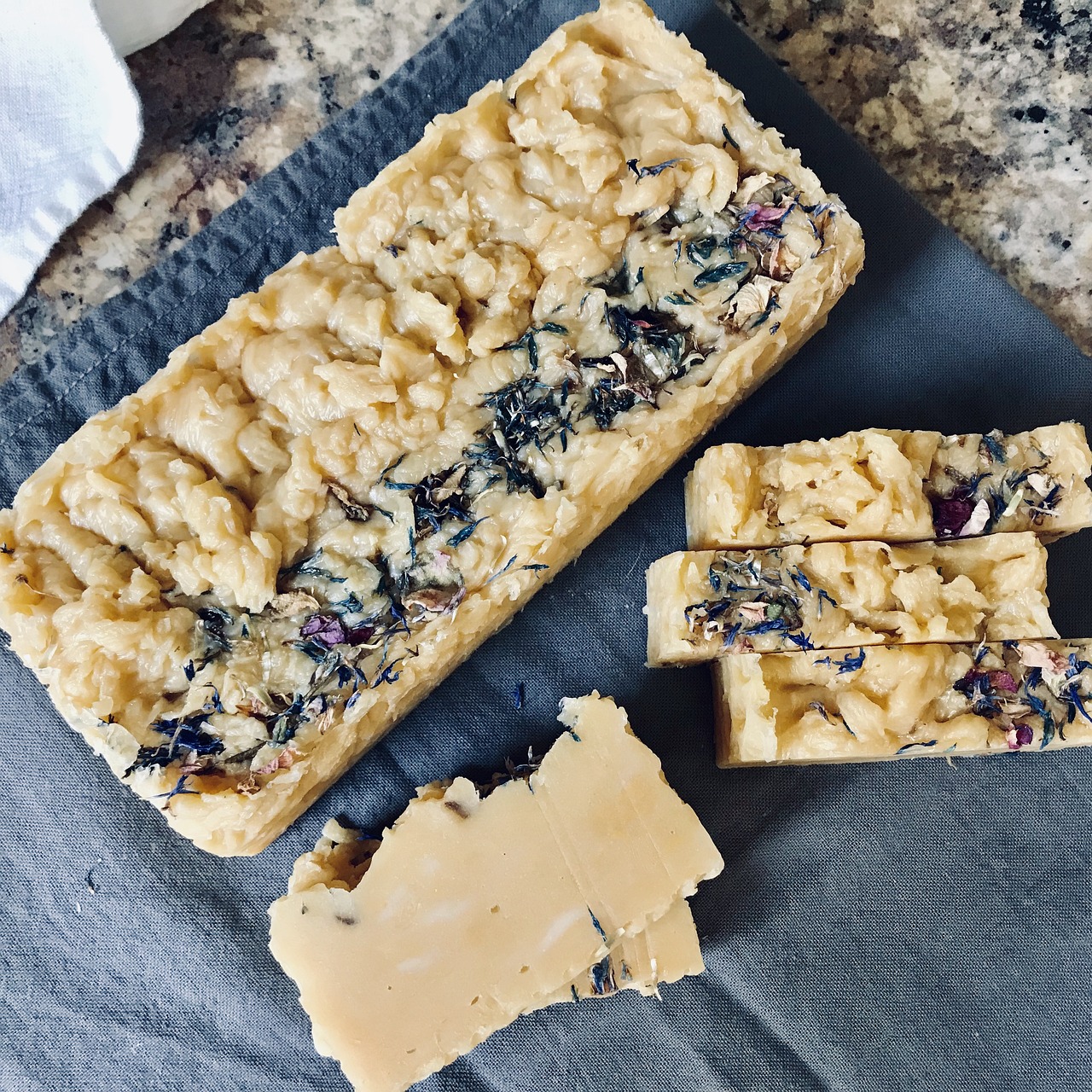
Homemade soap is more skin-friendly than commercial soaps. The advantage of making soaps at home is that one can customize the soaps as per one’s tastes and preferences.
Most commercial soaps lack glycerin, and make the skin dry and itchy. The component glycerin helps retain moisture, and though its level cannot be altered in commercial soaps, one can make soap at home with glycerin. Homemade lye soap recipes comprise a combination of lye and fat, resulting in a chemical process called saponification. During this process, glycerin is released as a by-product. Homemade soap making is not only easy, but it also enables people to make soaps that suits their needs. Making soap at home gives the flexibility and authority to choose ingredients to be added in the soap. Scent is commonly added to soaps to make them more appealing. It is believed that vanilla scent calms a person, and the tangerine one, with its powerful citrus fragrance, is actually quite invigorating. It is highly beneficial to people who find it difficult to get to their feet in the mornings!
Homemade Soap Additives Ideas
To enhance the aroma and quality of the soap, one can add various kinds of soap food additives beyond color and scent. The different homemade soap additives are:
Herbs:
Adding herbs to the soap mixture not only gives the soap its uniqueness, but also provide various health benefits. Herbs such as lavender exhibit anti-inflammatory properties which help the skin relax. Moreover, it has a wonderful aroma. Chamomile is another herb which is refreshing and soothing. It also works as a mild astringent and is effective in reducing irritation in skin with eczema. Rosemary also has mild astringent properties which helps relax, and basil is naturally antibacterial. Eucalyptus adds the invigorating aspect to the soap, and for a cooling and stimulating effect, one can add lemongrass.
Milk and Butter:
Adding cocoa butter to the soap mixture causes the soap to become creamy, and Shea butter, on the other hand, is added to soaps as an ultra-moisturizer. One can add instant powdered milk to the soap mixture as a natural cleanser. However, since milk softens soap, only a limited amount should be added. Besides powder, one can also add about 1 tbsp of coconut or goat’s milk per pound of soap base. If fresh milk is added, then some amount of Vitamin E should be added to the soap in order to prevent mold. The above mentioned ingredients are to be added in small amounts (? tbsp) until the properties desired are achieved. The maximum amount that should be added is 2 tbsp. Milk ought to be frozen before use, as it should be slushy when added to the mixture. This is because milk has a tendency to overheat.
Spices:
For a spicy scent, add ground cloves to the soap mixture. Powdered cinnamon,when added to the soap imparts a spicy, speckled-brown natural hue and a home-baked scent to the soap. Cinnamon is believed to be a stress reliever and stimulant. However, large amounts of cinnamon can result in skin irritation, thus it needs to be used sparingly. In order to give a warm brown color, cocoa powder can be added.
Other Additives:
Aloe vera relieves dry as well as burned skin and is a good soap additive. Honey also has relaxing properties and can be added in a limited quantity, as too much honey softens soap. Oatmeal (regular oatmeal) with its soothing and exfoliating properties is another option. Cornmeal, sugar and salts can be used as natural exfoliants. Poppy seeds are gentle exfoliants which add an interesting texture to the soap. If one is looking for a natural colorant, then adding Calendula petals is a good idea. These petals hold their golden color in the soap and add natural beauty to it. Beeswax can be added as it not only acts as a hardening agent, but also imparts a lovely, fragrant aroma. Coffee is a common natural deodorizer. People who have oily skin can add clay (Glacial or Bentonite), as clay has the ability to draw excess oil from the skin. Almond meal helps absorb excess oil from the skin and unclogs pores.
While adding additives, it is advisable to place them in the mold before pouring soap. This will allow the additives to be on the top of the soap, giving them a unique look. Using the above homemade soap additives ideas, one can make a unique soap that suits one’s personal needs. These homemade soaps make wonderful gifts as well!
The Author:
DcFood – Foodchem.com
Photo. Sparkandmadness

